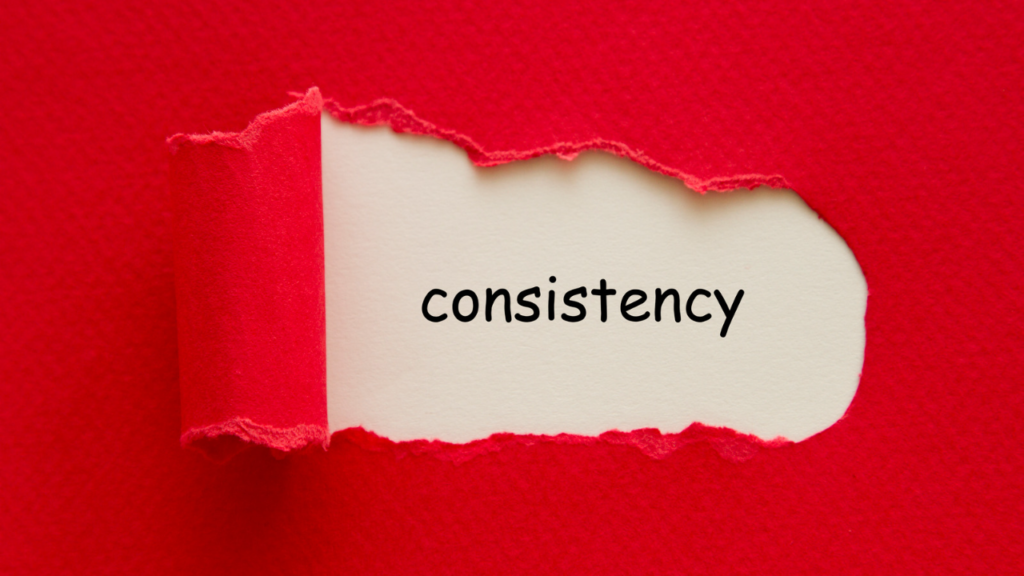
Can Walking Regularly Lead to Weight Loss?
The resounding answer is a definitive YES. Walking, when done consistently and strategically, can be a potent tool in your weight loss arsenal. Let’s delve into the science and dive into how walking contributes to shedding those unwanted pounds.
The Science Behind Walking for Weight Loss
Walking might not induce the same immediate calorie burn as high-intensity interval training or rigorous gym sessions, but its impact on weight loss is far from insignificant. Here’s how walking works its magic:
1.Calorie Expenditure: Weight loss fundamentally boils down to creating a calorie deficit – expending more calories than you consume. Walking, regardless of its pace, burns calories. The longer you walk, the more calories you burn.
2.Stoking the Metabolism: Regular physical activity, including walking, can boost your metabolism. A higher metabolism means your body burns more calories even at rest, contributing to weight loss over time.
3.Targeting Stubborn Fat: Walking helps your body tap into fat stores for energy. While you can’t spot-reduce fat from specific areas, consistent walking leads to overall fat loss, including those notorious trouble spots like the belly.
4.Appetite Regulation: Walking can also help regulate your appetite. Moderate exercise like walking can decrease your appetite-stimulating hormones, preventing overeating and aiding in weight loss.

The Power of Consistency
While the benefits of walking for weight loss are clear, it’s important to emphasize the role of consistency. Walking sporadically or expecting overnight miracles won’t yield sustainable results. Here’s how to harness the power of consistency:
1.Set Realistic Goals: Start with achievable goals. Commit to walking a certain number of steps or a specific duration each day. Gradually increase these goals as your fitness level improves.
2.Incorporate Brisk Walking: While leisurely strolls are great for mental relaxation, brisk walking – walking at a pace that elevates your heart rate – is more effective for weight loss. Aim for brisk walking sessions several times a week.
3.Create a Routine: Just like any habit, consistency is cultivated through routine. Set specific times for your walks – whether it’s a morning ritual, a lunch break, or an evening wind-down.
4.Track Your Progress: Use a pedometer or a fitness app to track your steps and distance. This not only helps you stay accountable but also allows you to see your progress over time.
Answering Common Questions:
- How Much Do You Need to Walk to Lose Weight? Aim for at least 150 minutes of moderate-intensity walking per week. This could translate to 30 minutes a day for five days. Adjust this based on your fitness level and weight loss goals.
- Can Walking Help Lose Belly Fat? While spot reduction is a myth, consistent walking contributes to overall fat loss, which includes belly fat. A combination of walking, a balanced diet, and targeted exercises can yield favorable results.
- How Long Until I See Results? Results vary based on factors like your starting weight, metabolism, and adherence to your routine. While some notice changes within weeks, sustainable weight loss often becomes visible after a few months of consistent effort.
In conclusion, walking regularly is not only an effective method for weight loss but also a sustainable one. It’s an inclusive form of exercise that can be tailored to any fitness level, age, or health condition. Remember, the key is consistency – making walking a part of your lifestyle rather than a short-term fix.
Sources:
https://pubmed.ncbi.nlm.nih.gov/10896648/
https://www.ncbi.nlm.nih.gov/pmc/articles/PMC5764193/
https://www.omnicalculator.com/sports/walking-calorie
https://www.ncbi.nlm.nih.gov/pmc/articles/PMC5568065/
https://pubmed.ncbi.nlm.nih.gov/26718656/
https://pubmed.ncbi.nlm.nih.gov/26574810/
https://www.ncbi.nlm.nih.gov/pmc/articles/PMC6527311/
https://health.gov/sites/default/files/2019-09/Physical_Activity_Guidelines_2nd_edition.pdf
https://www.nhlbi.nih.gov/health/educational/lose_wt/phy_act.htm
https://jamanetwork.com/journals/jamanetworkopen/fullarticle/2783711?resultClick=3





